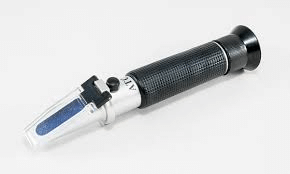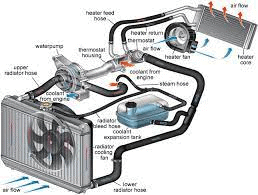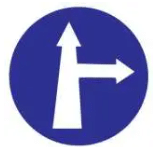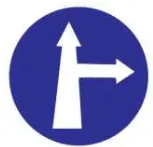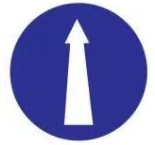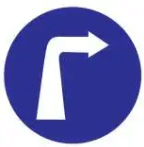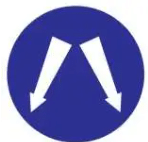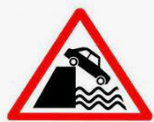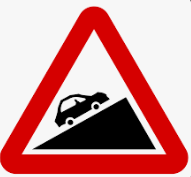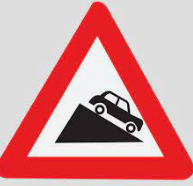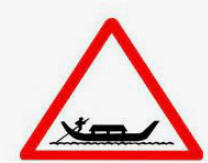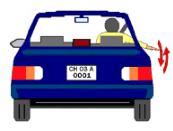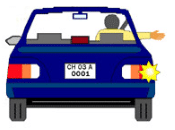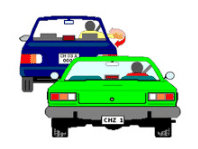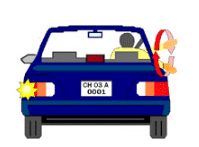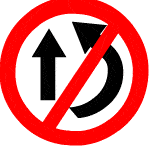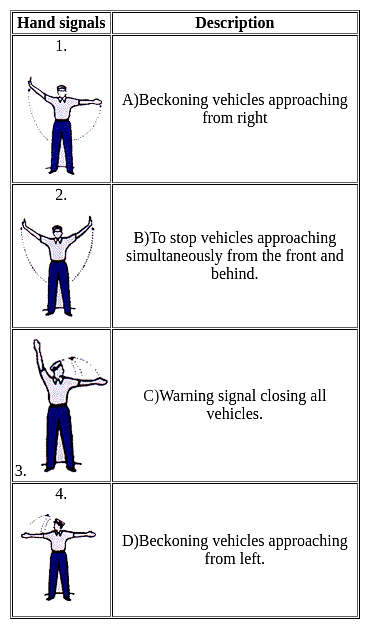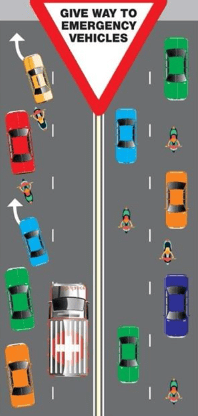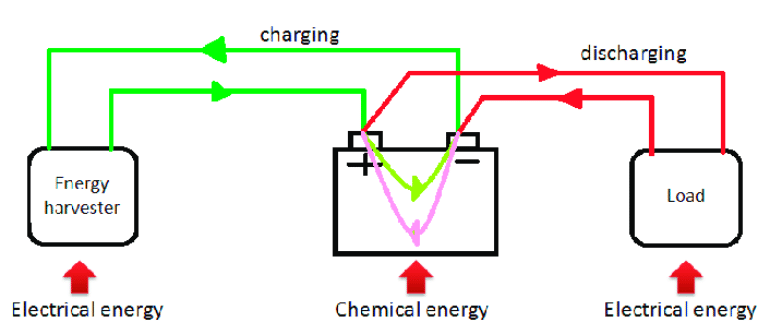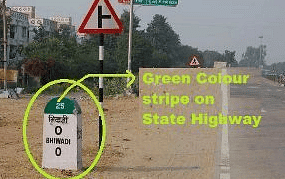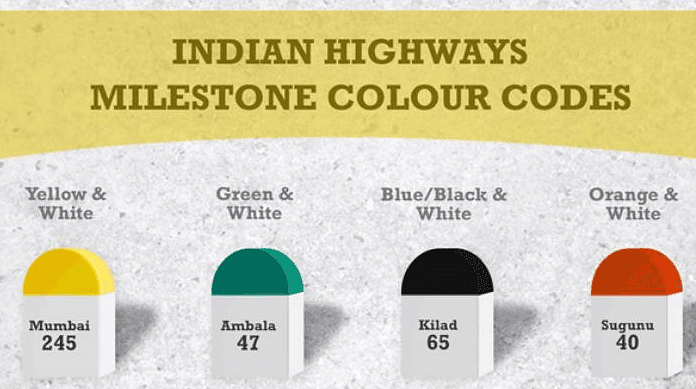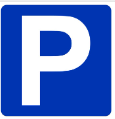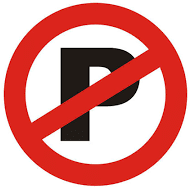Software Development Exam > Software Development Tests > Test: Road Safety - 2 - Software Development MCQ
Test: Road Safety - 2 - Software Development MCQ
Test Description
20 Questions MCQ Test - Test: Road Safety - 2
Test: Road Safety - 2 for Software Development 2025 is part of Software Development preparation. The Test: Road Safety - 2 questions and answers have been prepared
according to the Software Development exam syllabus.The Test: Road Safety - 2 MCQs are made for Software Development 2025 Exam.
Find important definitions, questions, notes, meanings, examples, exercises, MCQs and online tests for Test: Road Safety - 2 below.
Solutions of Test: Road Safety - 2 questions in English are available as part of our course for Software Development & Test: Road Safety - 2 solutions in
Hindi for Software Development course.
Download more important topics, notes, lectures and mock test series for Software Development Exam by signing up for free. Attempt Test: Road Safety - 2 | 20 questions in 20 minutes | Mock test for Software Development preparation | Free important questions MCQ to study for Software Development Exam | Download free PDF with solutions
Test: Road Safety - 2 - Question 1
The National Highways Authority of India Act, 1988 extends to the _______.
Detailed Solution for Test: Road Safety - 2 - Question 1
Detailed Solution for Test: Road Safety - 2 - Question 2
Test: Road Safety - 2 - Question 3
If a person fails to wear safety belts while driving a motor vehicle, then he shall be punishable with a fine amount of___________.
Detailed Solution for Test: Road Safety - 2 - Question 3
Test: Road Safety - 2 - Question 4
Which of the following instrument is used to measure the antifreeze mixture in a coolant of a vehicle?
Detailed Solution for Test: Road Safety - 2 - Question 4
Detailed Solution for Test: Road Safety - 2 - Question 5
Detailed Solution for Test: Road Safety - 2 - Question 6
Detailed Solution for Test: Road Safety - 2 - Question 7
Detailed Solution for Test: Road Safety - 2 - Question 8
Test: Road Safety - 2 - Question 9
If the driver takes out his right palm by bending it and moves his arm up and down several times, then you will understand-
Detailed Solution for Test: Road Safety - 2 - Question 9
Detailed Solution for Test: Road Safety - 2 - Question 10
Detailed Solution for Test: Road Safety - 2 - Question 11
Test: Road Safety - 2 - Question 12
Match List-I and List-II and select the correct answer using the codes given below the lists-

Detailed Solution for Test: Road Safety - 2 - Question 12
Test: Road Safety - 2 - Question 13
How should be the helmet for people riding on two-wheelers?
Detailed Solution for Test: Road Safety - 2 - Question 13
Detailed Solution for Test: Road Safety - 2 - Question 14
Test: Road Safety - 2 - Question 15
The Free passage should be given to which kind of vehicles?
Detailed Solution for Test: Road Safety - 2 - Question 15
Test: Road Safety - 2 - Question 16
What is the energy conversion of the battery during charging?
Detailed Solution for Test: Road Safety - 2 - Question 16
Detailed Solution for Test: Road Safety - 2 - Question 17
Detailed Solution for Test: Road Safety - 2 - Question 18
Detailed Solution for Test: Road Safety - 2 - Question 19
Test: Road Safety - 2 - Question 20
What are the minimum years of experience required for acquiring the Central Government driving license according to the Motor vehicles Act of 1988?
Detailed Solution for Test: Road Safety - 2 - Question 20
Information about Test: Road Safety - 2 Page
In this test you can find the Exam questions for Test: Road Safety - 2 solved & explained in the simplest way possible.
Besides giving Questions and answers for Test: Road Safety - 2, EduRev gives you an ample number of Online tests for practice
Download as PDF




